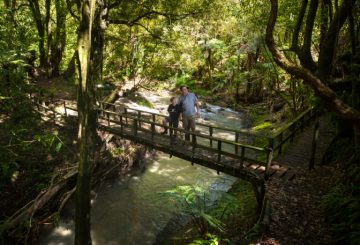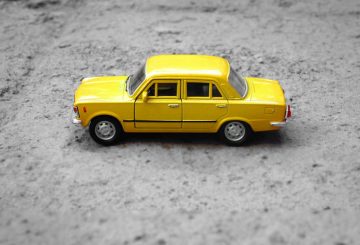Bạn có nhận thấy nhãn dán ‘NO DOGS’ mới tại Vịnh Pilot và Bãi biển Main Mount chưa? Những miếng dán này được sử dụng để bảo vệ loài chim con New Zealand, một loài chim chỉ còn lại 2.500 cá thể trong nước. Núi Maunganui là một địa điểm làm tổ phổ biến cho những loài chim này, và cộng đồng Tauranga đang làm việc chăm chỉ để tăng dân số của chúng. Giữ chó tránh xa là một phần quan trọng của nỗ lực này.
Bãi biển Mount Main cũng là nơi sinh sống của những người bắt hàu và hàng trăm chú chim cánh cụt nhỏ màu xanh lam, làm tổ và kiếm ăn giữa những tảng đá. Mauao và Moturiki có một thuộc địa của những con thú cưng mặt xám, điều này khá đáng chú ý khi xem xét sự gần gũi của chúng với cuộc sống đô thị và các quán cà phê địa phương.
Bởi vì khu vực này là khu bảo tồn động vật hoang dã, chó có thể làm xáo trộn việc làm tổ và sinh sản của các loài được bảo vệ này. Do đó, nhóm Dịch vụ Động vật của Hội đồng Thành phố Tauranga đang nhắc nhở những người nuôi chó rằng sẽ bị phạt 300 đô la nếu đưa chó của họ vào khu bảo tồn động vật hoang dã này. Chó không được phép trên cồn cát, cỏ hoặc lối đi lát ván tại Bãi biển chính Mount Maunganui, cũng như trên khu vực cỏ hoặc lối đi lát ván giữa đường và bãi biển tại Vịnh Pilot.
Khi đến thăm Núi, hãy nhớ chú ý đến các biển báo cho biết chó đang ở đâu và không được phép. Ngoài ra, bạn có thể truy cập trang web của Hội đồng thành phố Tauranga để biết thêm thông tin. Chó có thể được tập thể dục không dây xích trong bất kỳ công viên, khu bảo tồn, bãi biển hoặc khu vực công cộng nào trên khắp Tauranga, ngoại trừ các khu vực được xác định là có dây xích hoặc bị cấm.
Hãy nhớ rằng, trách nhiệm của chúng ta là bảo vệ động vật hoang dã của chúng ta. Luôn mang theo dây dẫn bên mình khi dắt chó đi dạo và gắn nó nếu bạn đang tiếp cận một con chó, động vật hoặc người khác. Đừng quên mang theo một túi nhựa để đón chó của bạn.
Mặc dù chó được phép ở phía quán cà phê của Marine Parade tại Bãi biển Mount Main, nhưng chúng không được phép ở bên bãi biển của đường. Có rất nhiều nơi khác ở Tauranga nơi bạn có thể đưa chó đi dạo. Chỉ cần lưu ý đến các quy tắc và quy định để đảm bảo sự an toàn và hạnh phúc của động vật hoang dã của chúng ta.





























































